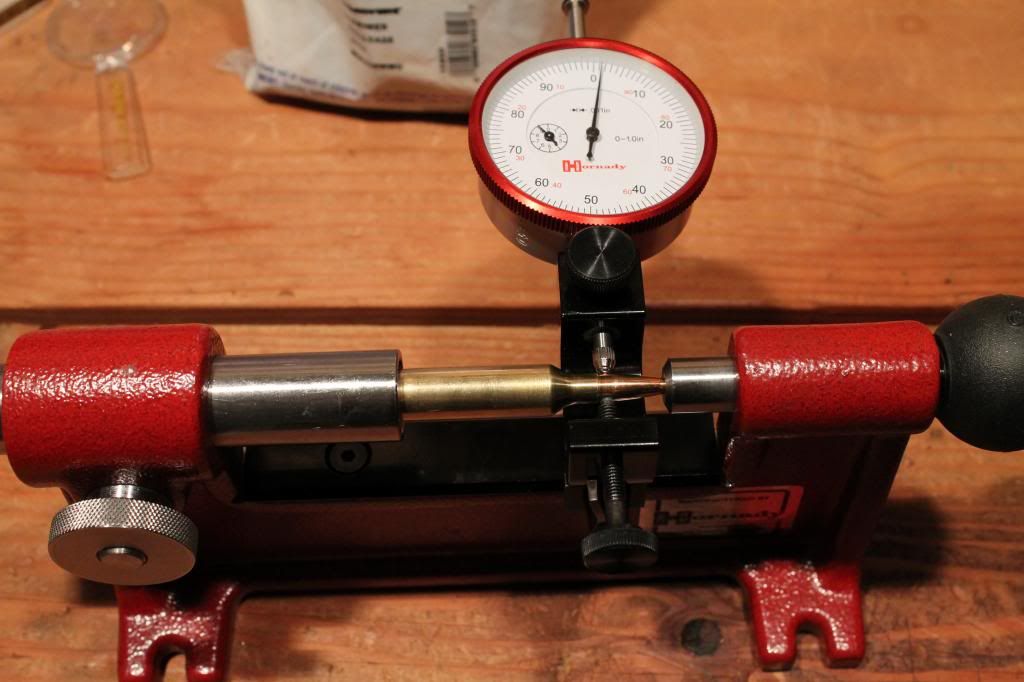Quick question:
After you started to load a group of rounds do you use a concentricity gauge to see how you're doing? Also, where is the best place along the bullet and/or brass to measure?
What are your expectations regarding how much is too much run out?
Thanks,
Brad
After you started to load a group of rounds do you use a concentricity gauge to see how you're doing? Also, where is the best place along the bullet and/or brass to measure?
What are your expectations regarding how much is too much run out?
Thanks,
Brad


